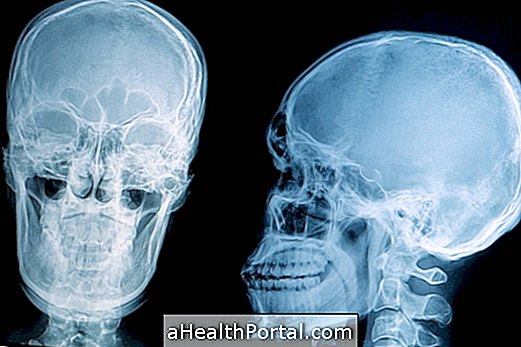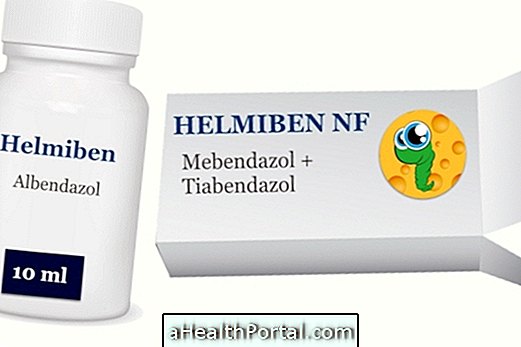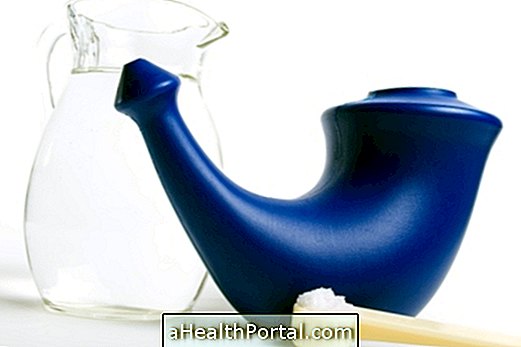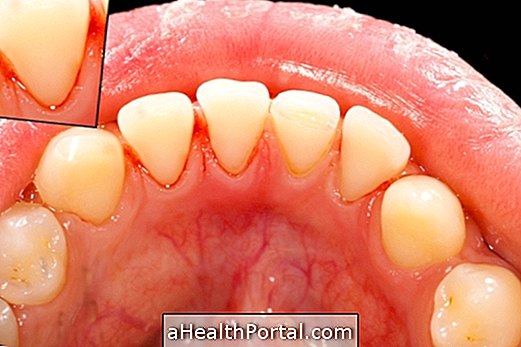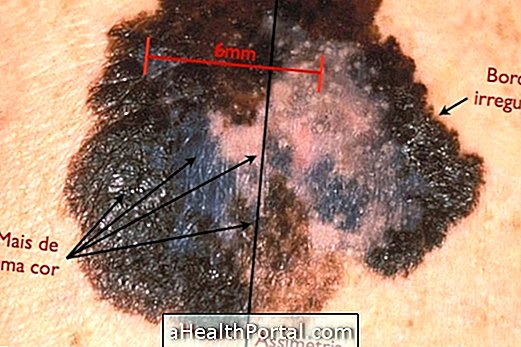Azotemia is a biochemical alteration characterized by the presence of high concentrations of nitrogenous products, such as urea, creatinine, uric acid and proteins, in blood, serum or plasma, and which can interfere with the glomerular filtration rate and, consequently, lead to progressive and possibly definitive to the kidneys.
This change may be the result of any condition that interferes with the blood circulation to the kidneys, such as heart failure, dehydration, hemorrhage, or tumors of the urinary tract, for example. It is important that the level of these substances is identified quickly so that the doctor can initiate appropriate treatment for the case. Learn how the test is done to identify urea and creatinine in the blood.

Main causes
Azotemia can be classified according to its cause in:
- Pre-renal azotemia : The accumulation of nitrogenous substances occurs due to situations that decrease blood volume, interfering with the arrival of blood to the kidneys, such as heart failure, acute dehydration, hemorrhage, high protein diet and increased cortisol concentration due to to some underlying disease.
- Renal azotemia: In this type of azotemia occurs the accumulation of nitrogenous substances due to failure in the excretion process of these substances by the kidneys, leading to an increase in the concentration of urea and creatinine in the plasma. Renal azotemia usually occurs due to renal failure, tubular necrosis, and glomerulonephritis.
- Post-renal azotemia : This type of azotemia is characterized by a disproportionate increase in urea to creatinine due to changes in urinary flow or obstruction of the excretory pathways, which may be caused by nephrolithiasis or tumor in the urinary system, for example.
The presence of urea and creatinine in the blood are normal, however when there is any change in the kidneys or that interferes with the blood circulation, the concentration of these substances may increase to be toxic to the body and may result in definitive damage to the kidneys.
Symptoms of azotemia
Azotemia may present some symptoms, being, in these cases, called uremia. The main symptoms are:
- Decrease in total urine volume;
- Pale skin;
- Headache and dry mouth;
- Excessive tiredness;
- Tremor;
- Lack of appetite;
- Abdominal pain.
In addition to these symptoms, there may still be difficulty concentrating and attention, confusion and change in the color of the urine.
How is the diagnosis made?
The diagnosis of azotemia is made by means of laboratory tests, mainly the measurement of urea and creatinine in the blood. In addition, it is important that the levels of total proteins and uric acid in the blood are checked, as well as a 24-hour urine test, which allows the evaluation of kidney function.
How to treat
The treatment of azotemia aims to decrease the concentration of nitrogenous compounds in the blood and relieve any other associated symptoms, avoiding permanent damage to the kidneys. Thus, according to the cause and type of azotemia, the nephrologist may indicate the best type of treatment.
The doctor may recommend administration directly into the vein of liquids in order to increase blood volume and thus decrease the concentration of nitrogenous compounds in the blood. In addition, it may be recommended by your doctor, the use of diuretic medicines, that lower the concentration of potassium in the blood or antibiotics if there is any infection that can cause azotemia.
It is important to maintain healthy habits, regular exercise and healthy eating, reducing the consumption of foods rich in potassium and protein, and increase the consumption of vegetables.



